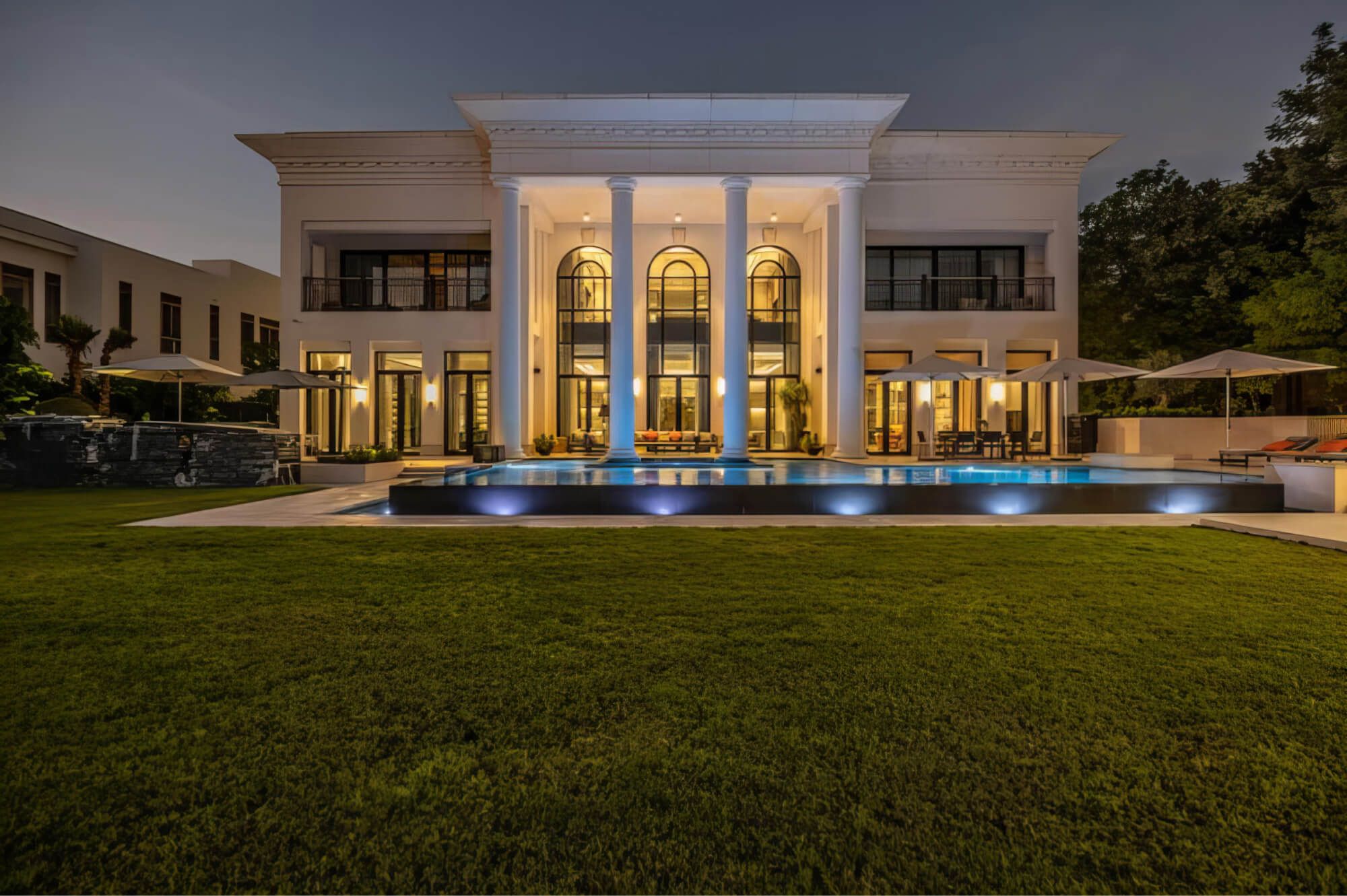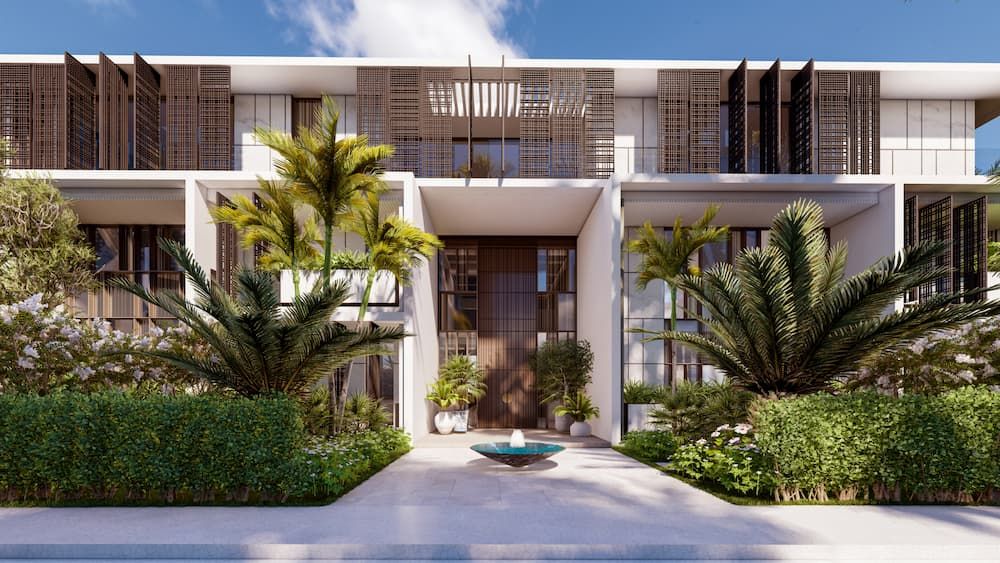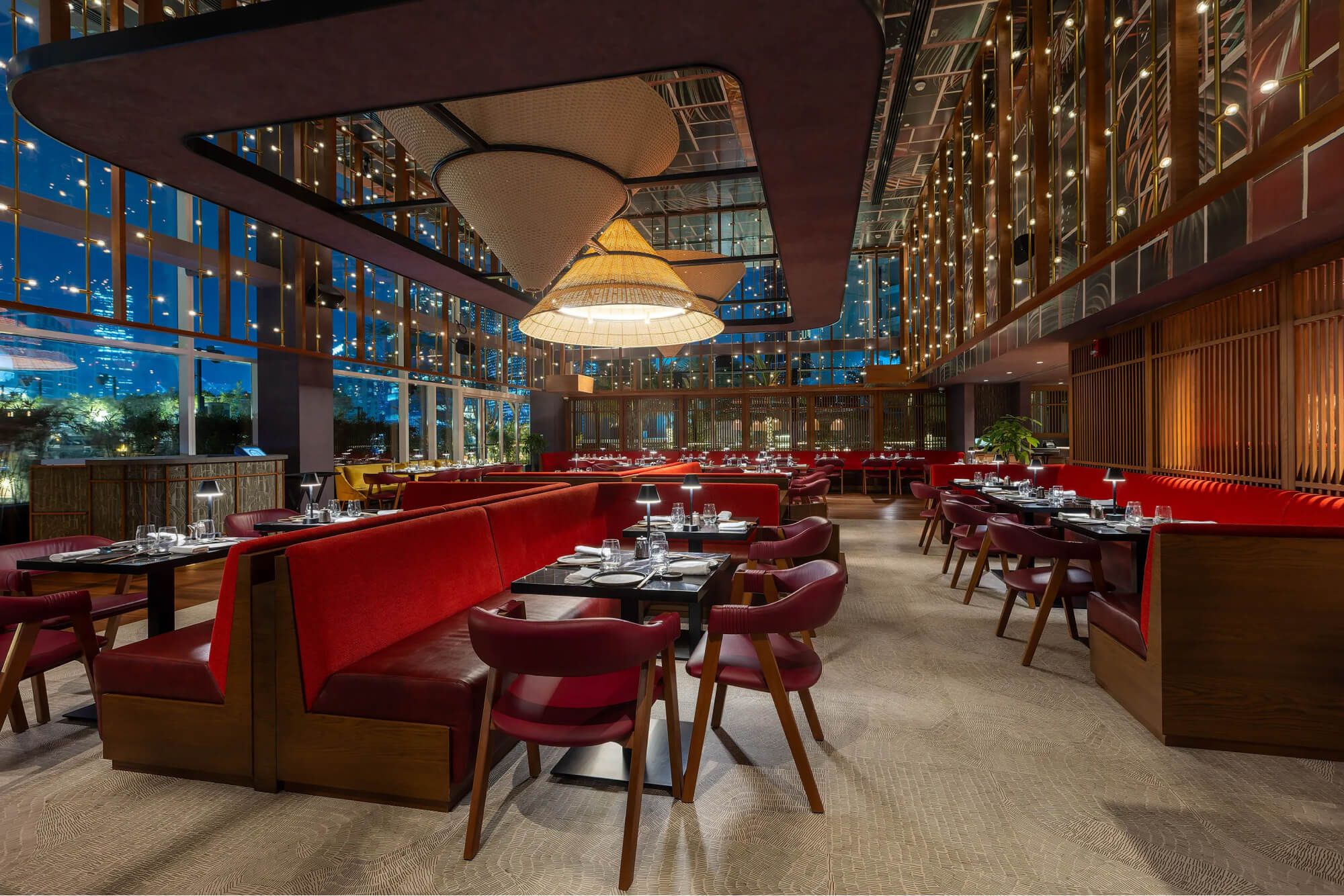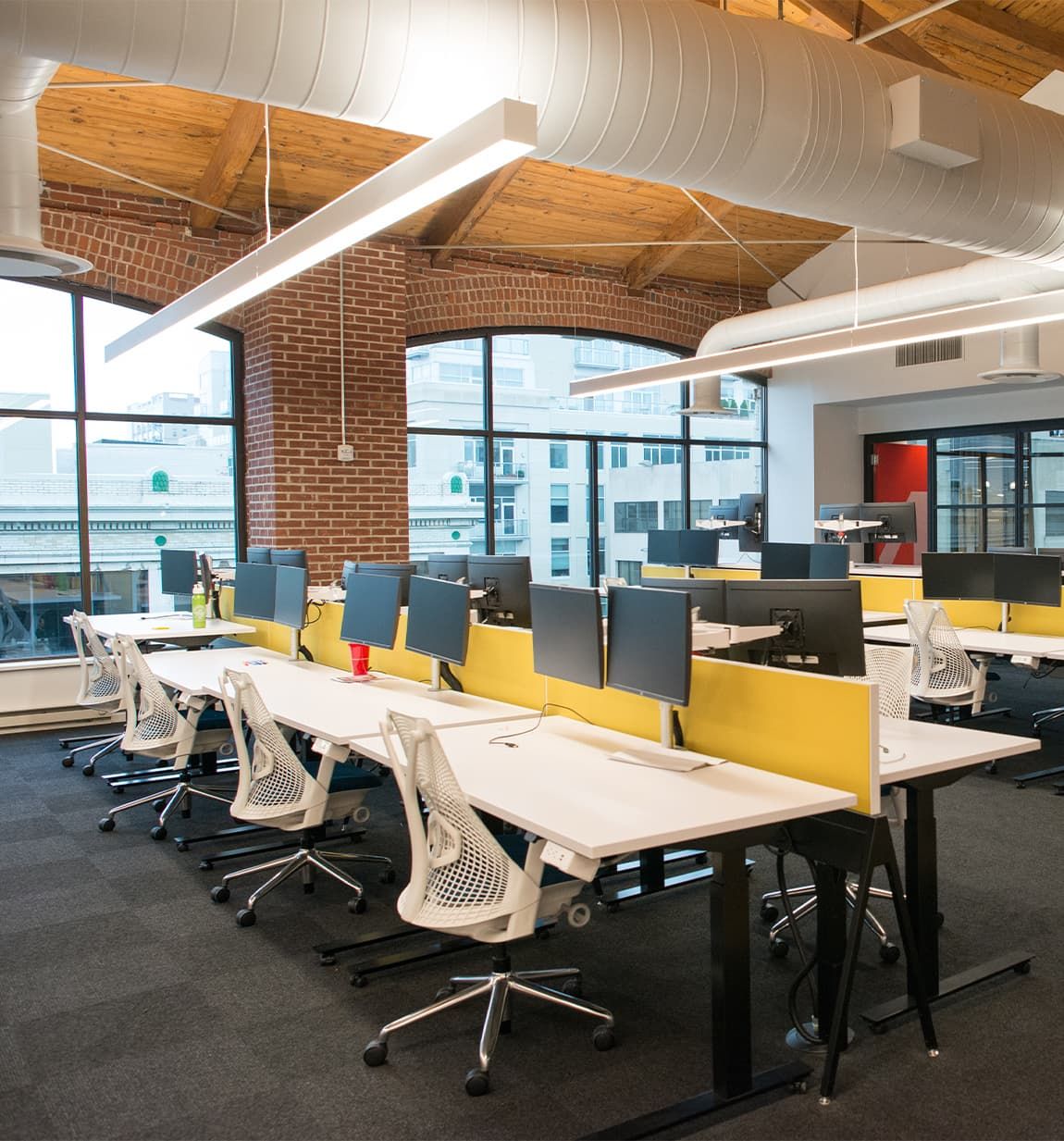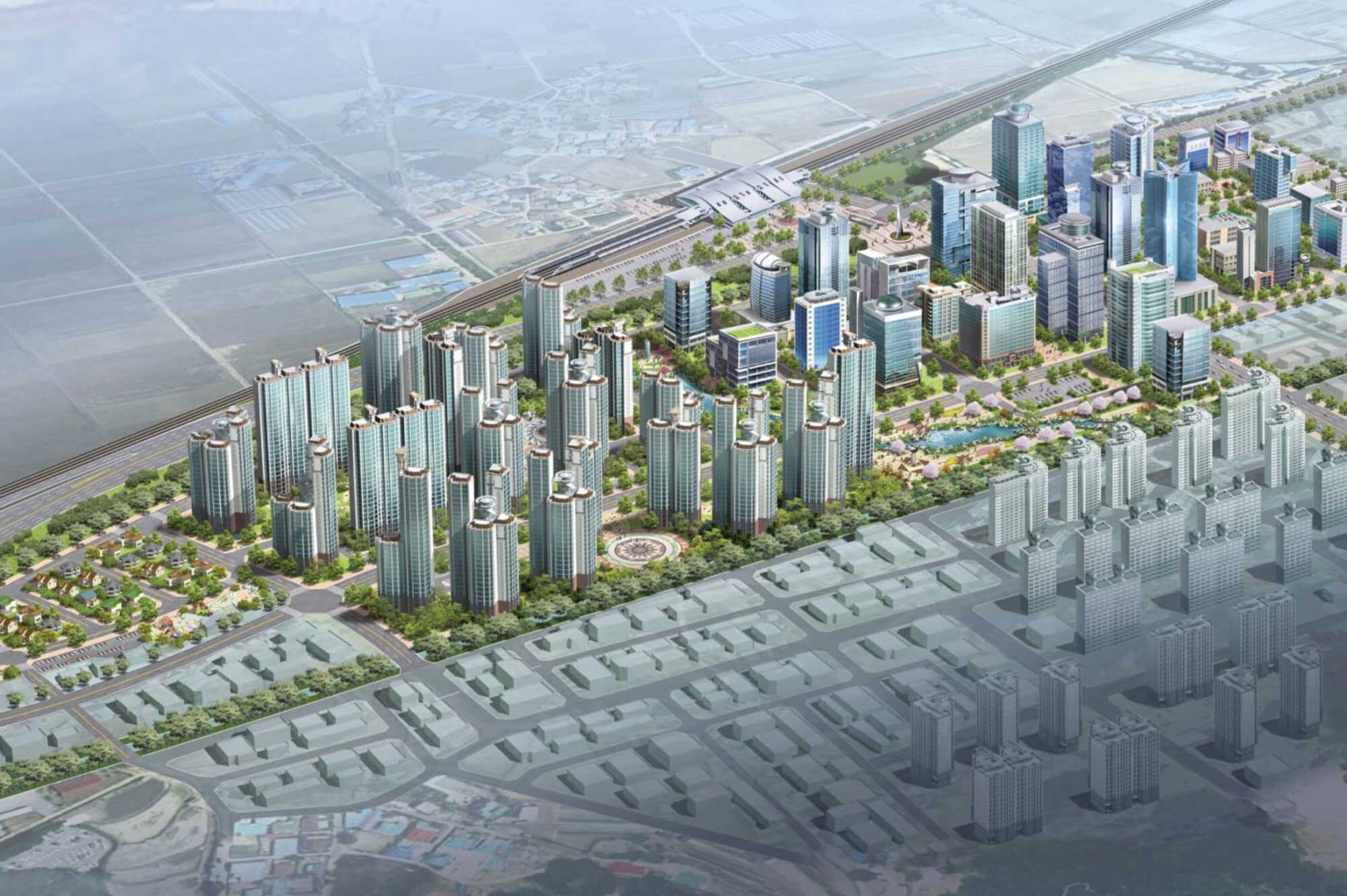In today’s rapidly urbanising world, master planning has become indispensable for creating sustainable, thriving communities. It’s not just about designing buildings—master planning is a strategic process that provides a comprehensive roadmap for future development, guiding decisions related to land use, infrastructure, and environmental sustainability. Whether you're developing an urban district or a startup business hub, master planning consultants ensure that every aspect of the project supports both immediate needs and long-term goals.
In this guide, we’ll explore the critical components of master planning in construction, its importance for sustainable development, and the benefits it brings to large-scale projects. We’ll also discuss how partnering with experienced master planning consultants like us at Stonehaven can elevate your project’s success.
What is Master Planning in Construction?
Master planning is a holistic approach to urban and regional development that involves creating a long-term vision for a site or project. This strategic process considers a range of factors, including demographics, environmental conditions, economic trends, and social needs. For construction projects, design master planning services ensure that the vision translates into a cohesive, functional space that benefits the community and aligns with sustainability goals.
At its core, master planning provides a detailed framework for developers, guiding decisions on land use, infrastructure, landscape design, and future expansion. For example, a mixed-use development might require careful zoning to balance residential, commercial, and green spaces, creating a harmonious environment for residents, businesses, and visitors alike.
In the UAE, the Dubai 2040 Urban Master Plan aims to double green and recreational spaces and increase nature reserves and rural natural areas to constitute 60% of the emirate’s total area. This focus on sustainability is crucial for the region’s long-term development as sustainability has become the core aspect of facilitating urban and regional development worldwide.
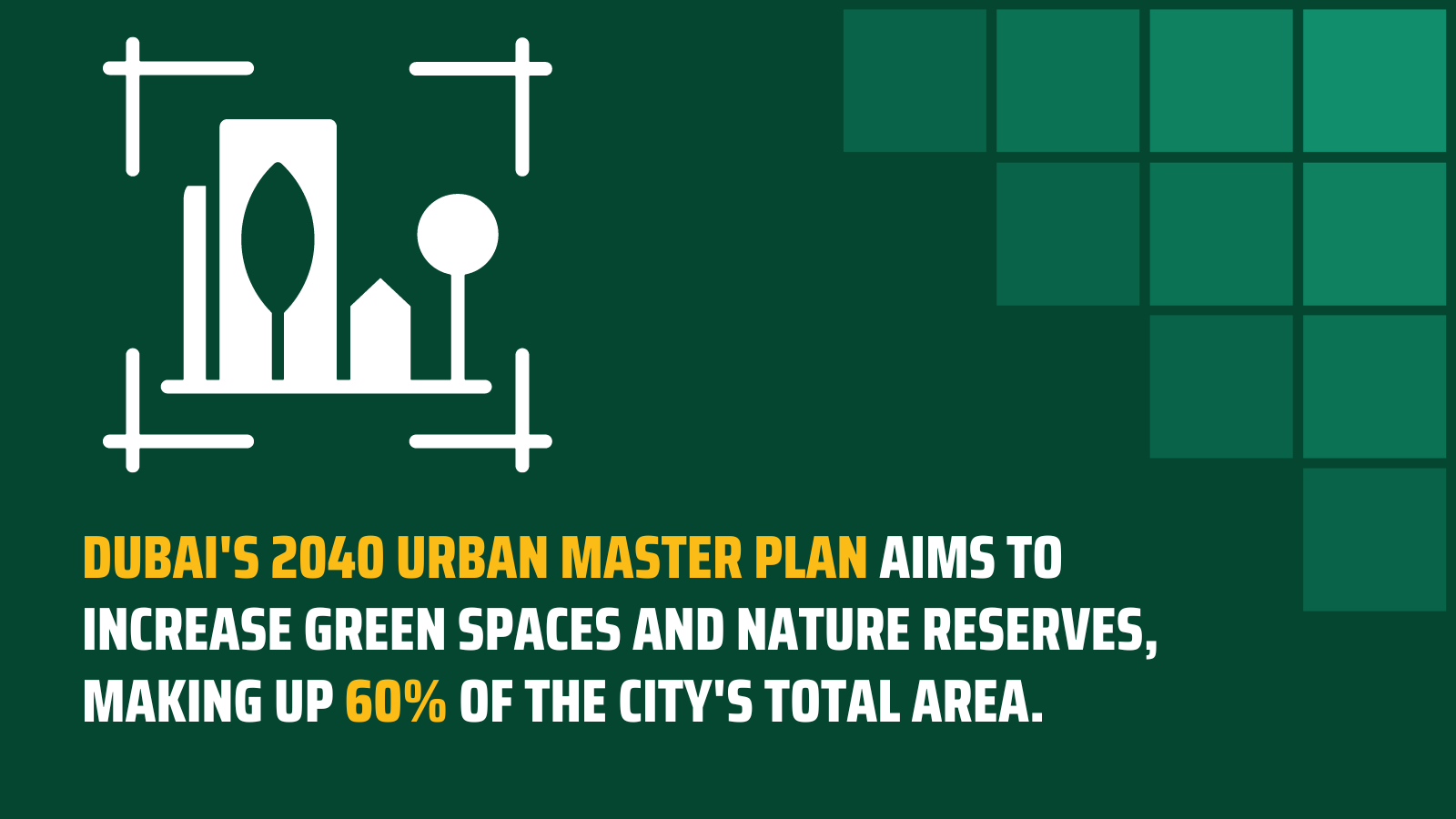
What Makes a Master Plan Successful?
A well-executed master plan design concept encompasses several critical elements that ensure both current and future needs are met. Here are the key components typically considered in a construction-focused master plan:
Land Use Zoning
Defining specific areas for residential, commercial, industrial, and recreational use helps ensure efficient land utilisation and prevents overcrowding or conflicts between different zones.
Example: Lusail City, Qatar is Qatar's flagship sustainable real estate project, exemplifying land use zoning. Divided into distinct residential, commercial, and mixed-use areas, Lusail City avoids overcrowding and ensures that the zones work harmoniously together.
Process: Lusail's planners collaborated with government authorities and developers to create a city that could house 250,000 residents and provide 450,000 jobs. They designed the zoning system to accommodate these needs while balancing residential, commercial, and recreational spaces, ensuring smooth operation and sustainable growth.
Infrastructure Planning
Master plans address the essential infrastructure, including transportation networks, utilities, and public facilities. This ensures that all critical services are integrated into the project from the start.
Example: Crossrail (Elizabeth Line), UK in London is a significant infrastructure project aimed at improving transportation networks across the capital. As part of the master plan, this new rail line enhances connectivity between London and its surrounding areas, reducing congestion on existing lines and improving commuter efficiency.
Process: Infrastructure planning for Crossrail involved extensive collaboration between Transport for London, the UK government, and private contractors. Planners integrated utilities, transportation hubs, and pedestrian access points into the design, ensuring seamless connections with existing transport networks while meeting future population growth demands.
Environmental Sustainability
A core aspect of modern master planning is sustainability. Plans incorporate measures to protect natural resources, mitigate environmental impact, and promote sustainable practices such as energy-efficient building designs and green spaces.
Example: Masdar City, Abu Dhabi is a pioneering development in the GCC region, designed to be one of the most sustainable urban communities globally. It incorporates renewable energy sources, sustainable architecture, and green spaces to minimise its environmental footprint.
Process: The master plan for Masdar City includes the use of solar panels, energy-efficient buildings, and a zero-emission transport network. Environmental sustainability was a core focus from the outset, with planners prioritising renewable energy solutions and sustainable resource management to reduce carbon emissions and promote eco-friendly urban living.
Community Engagement
Successful master planning involves the community. Engaging residents, local businesses, and other stakeholders ensures that the final plan reflects the needs and desires of those who will live and work in the area.
Example: King’s Cross Regeneration, London is a project in London that prioritised community engagement, ensuring that residents, businesses, and stakeholders were involved in the decision-making process. This mixed-use development transformed a former industrial area into a vibrant urban space.
Process: Planners engaged the community through public consultations, workshops, and meetings to gather feedback and ensure the development aligned with residents' needs. These insights helped shape the final master plan, which now includes residential, cultural, and commercial spaces, all designed to reflect the local community’s priorities.
Long-Term Flexibility
The best master plans are adaptable, allowing for future growth and changes in technology, population, or market conditions. This is particularly important for startup businesses, where scalability is a key consideration.
Example: Dubai International Financial Centre (DIFC), UAE is a financial hub designed with long-term flexibility in mind, ensuring that the centre could adapt to future technological advancements and business needs. The master plan included modular office spaces and scalable infrastructure, allowing the centre to expand and accommodate growth.
Process: The planning team for DIFC anticipated future changes in business requirements and technological trends. They implemented adaptable infrastructure, such as modular office designs and flexible transport links, which have allowed the DIFC to grow into one of the region’s premier financial districts while accommodating the changing needs of its tenants.
What are the Benefits of Master Planning for your Construction Project?
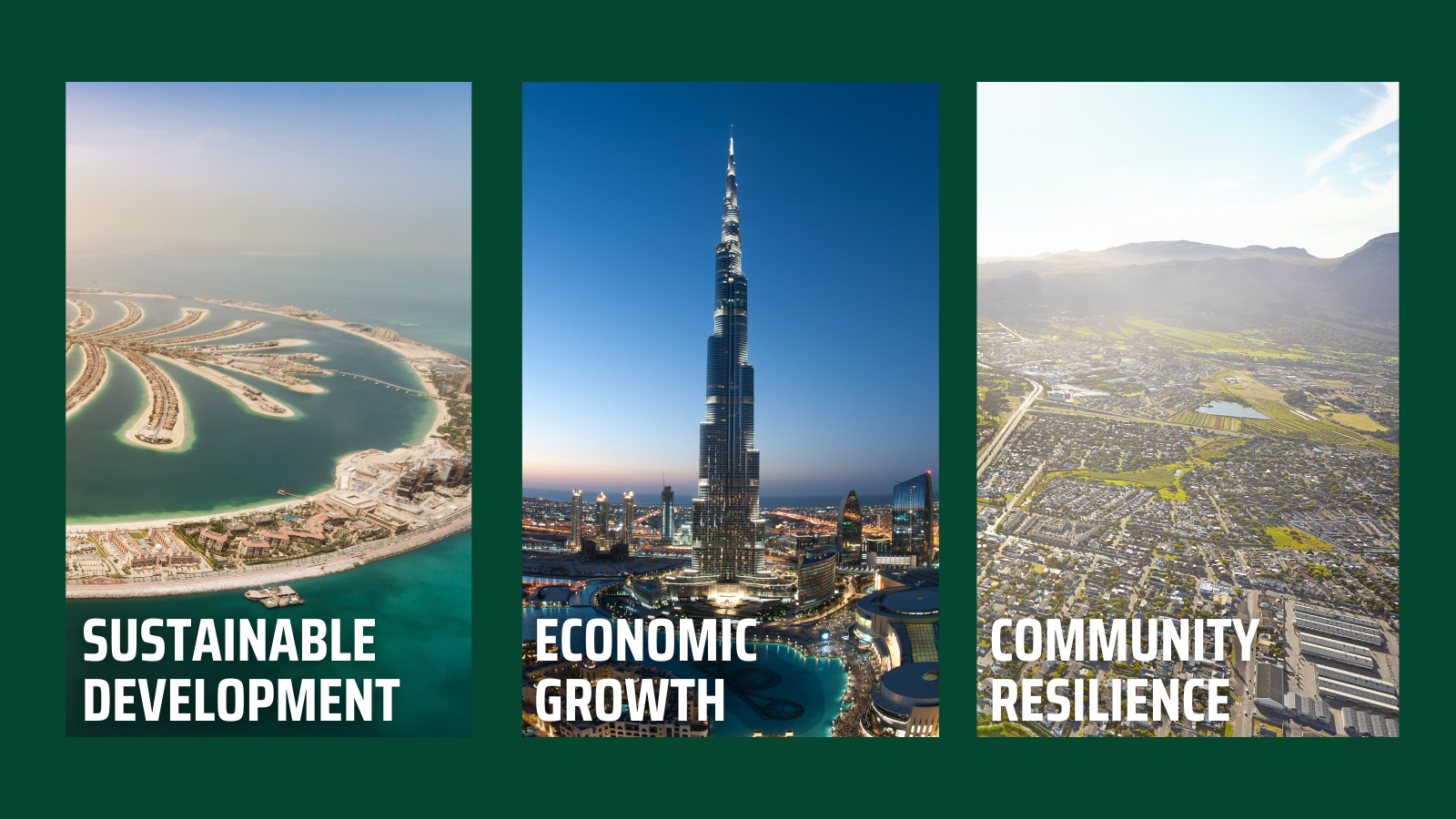
Engaging with expert master planning consultants provides a host of benefits, particularly for large-scale and complex construction projects. Here’s how a comprehensive master plan can enhance your development:
1. Sustainable Development
Incorporating sustainable practices is a key benefit of modern master planning. By considering factors such as energy efficiency, water conservation, and biodiversity, projects can contribute positively to the environment. Landscape design master planning helps create eco-friendly spaces that not only look good but also perform well in terms of sustainability.
2. Economic Growth
Master planning can drive economic growth by attracting investment and stimulating job creation. A well-executed master plan design for startups business might include flexible office layouts, efficient transportation access, and public spaces that enhance the business environment. At the same time, it builds resilience by planning for future changes, ensuring the development remains relevant over time.
3. Community Resilience
A well-developed master plan helps communities prepare for and recover from challenges such as natural disasters or economic shifts. For example, resilient infrastructure, green spaces, and flexible zoning can help a community bounce back faster in the face of adversity.
What are the Steps in a Master Plan?
The process of master planning is methodical, ensuring every stage of development is planned, considered, and aligned with the broader vision. Here’s a step-by-step breakdown of the typical master planning process in construction:
- Data Collection: Gathering relevant data on site conditions, demographic trends, and local infrastructure is essential for informed decision-making.
- Project Visioning: Developing a shared vision for the project, whether it’s an urban development or a business park, helps ensure all stakeholders are aligned with the project’s goals.
- Goal Setting: Identifying specific objectives, such as improving transport links or increasing energy efficiency, forms the foundation for the design.
- Public Engagement: Involving stakeholders—residents, businesses, and local government—ensures the final plan reflects the community's needs.
- Plan Development: The master plan is drafted, outlining zoning regulations, infrastructure improvements, and other critical elements.
- Implementation: The plan is executed through regulatory changes, infrastructure investments, and other strategic initiatives.
- Monitoring and Evaluation: Regularly reviewing the project’s progress ensures it stays on track and adapts to any emerging challenges.
Conclusion
Master planning is not just about building structures—it’s about creating places that people want to live, work, and thrive in for generations to come. By partnering with experienced master planning consultants, developers can ensure that their projects are visionary, sustainable, and adaptable. Whether you’re planning a large urban development or a startup business hub, a thoughtful master plan will provide the framework for success now and in the future.
About us
Stonehaven is a trusted project management company and construction consultant based in Dubai, offering comprehensive construction management services across the UAE with offices located in Dubai, UK and Sri Lanka. As one of the leading project management companies in Dubai, we manage projects from inception to completion, ensuring quality, efficiency, and cost-effectiveness at every stage.
We deliver value through expert project management consultancy services, tailored to meet the unique needs of each client. Our core services include Cost Management, Project Management, Construction Supervision, Engineering Support, Design Support, and Marketing & Communications. Whether you’re looking for construction consultants or project managers in the UAE and wider GCC region, Stonehaven is your trusted partner for achieving excellence in your next project.
At Stonehaven, we provide expert master planning and design services, specialising in creating visionary, sustainable spaces that align with both current needs and long-term goals. Our team of experienced master planning consultants works closely with clients to develop plans that balance function, sustainability, and community engagement. Whether it’s an urban redevelopment or a startup project, we’re here to help you build a better future.
Contact us today to learn how our landscape design master planning services can transform your project from concept to reality. Visit www.stonehaven.ae for more information.

